Mobile in the current era is nothing short of an ever-present commodity.
Recently, global smartphone users have witnessed a huge jump in 2020, from 6.05 billion smartphone users to almost 7 billion.
According to this data, it would be right to say that more than 86% of the global population owns a mobile phone.
When you have such a large targeted market it becomes extremely crucial to adopt ways of marketing that favour such a mobile-savvy audience and helps to escalate brand promotion and drive more traffic and leads rapidly.
Mobile phones owing to their portability and versatility have surpassed any other form of communication devices and have axiomatically become the most used device in the life of people, especially, millennials and Gen-Zs, they currently account for more than 52% of the global population.
How Vital is it to Employ Mobile Marketing Services?

Hiring a mobile marketing agency has just become a prerequisite for any form or size of business.
Effective mobile marketing strategy has become one of the most lucrative paths to expand your business reach, enhance sales, and maximise your return on investment.
Businesses have taken note as mobile devices have become a vital part of people’s everyday life.
As a result, mobile marketing has grown in importance as a technique and strategy for reaching customers when they are most responsive to brand communications.
In this blog, we have tried to cover everything from the fundamentals of what is mobile marketing to advanced tactics and approaches for success in this comprehensive guide to mobile marketing.
Those who are new to this strategy must have a look at the below-mentioned paragraph concerning what is Mobile Marketing.
Introduction to What is Mobile Marketing?
Mobile marketing is the technique of reaching out to clients using mobile devices such as smartphones or tablets.
It encompasses a wide range of strategies, from mobile advertising and SEO services to in-app messaging and mobile-friendly websites.
Mobile marketing is crucial for a variety of reasons, including the fact that it allows businesses to contact customers where they spend the majority of their time – on their mobile devices.
Furthermore, because mobile marketing can be highly targeted, companies or websites may reach the appropriate clients with the right message at the right moment.
Also, mobile marketing strategy is very cost-effective and has a great return on investment (ROI).
Importance of Mobile Marketing in the Digital Age

Nowadays in the digital era, it’s not an option to ignore mobile users as a source of potential clients. The use of mobile devices has made marketing an integral element of business.
For marketers, it’s crucial to keep in mind the following five things while engaging in mobile marketing:
Phenomenal Rise in Average Daily Time Spent on Smartphones
People spend an average of 4 hours a day on mobile devices where they receive phantom vibrations almost 60-65 times.
According to various studies, about a 1/6th of the time is spent on smartphones or tablets in a day.
This implies that a typical individual spends more than hundreds of hours per year surfing websites or conversing on their mobile device, thus, giving them plenty of opportunities to catch their attention and get them talking about your brand on a device they use so regularly their everyday life.
Advertising trends are also reacting to this change: it is anticipated that by 2024, roughly 75-80% of marketing budgets will be spent building apps and adverts for mobile platforms.
Commercialisation and Mobile Marketing are Match Made in Heaven!
Customers use their mobile devices to make purchases from Amazon, eBay, and other eCommerce sites.
Companies large and small, such as Walmart, are realising this and establishing user-friendly portals and websites to assist transactions.
By the end of 2023, it is expected that more than 85% of eCommerce visits will begin on a mobile device.
Companies that create integrated mobile ads that guide customers from product introduction to purchasing will experience a significant increase in income.
However, such trends will also create a huge demand for digital marketing for eCommerce sites.
SMS Dominates the Trend

SMS remains one of the most dominating mobile marketing tools. As studies have shown that SMS opt-in or comparable mobile device services influence 79% of smartphone consumers’ purchasing decisions.
Additionally, SMS has a 98% open rate, with up to 90% of those who open the message reading it within three seconds.
This is significantly more than email marketing or any other digital methods.
Tailoring your SMS messages to appeal to prospective clients or customers will offer them a cause to investigate your products or services further, and they will most likely begin on the device from where they got the message.
Rise in In-Store Purchases
Consumers may browse and compare while walking along the store aisles thanks to mobile technology.
Companies with active mobile marketing strategy can benefit from this.
As mobile customers demand quick and customised experiences, and more than 60% of smartphone users are more inclined to buy from companies whose mobile sites or apps give appropriate product recommendations.
For example, when the buyer is ready to buy, search engine optimization and an easily navigated website may provide your company with an advantage.
Furthermore, search engines are changing their algorithms to prioritise mobile-friendly sites.
This necessitates that companies expand their web presence and incorporate new types of automated marketing into their operations.
Broader Reach
Smartphones and tablets are becoming more popular communication tools for people of all ages.
They are less expensive, lighter, and more portable than PCs and laptops.
Manufacturers are also reacting to customer demand by inventing mobile gadgets that are quicker, more powerful, and less priced.
Because of these advances, marketers now have a perfect chance to get their marketing messages into the hands of their customers, as mobile allows marketers and advertisers to reach a far larger audience.
In addition to the broader reach, digital marketing always remains a formidable plan and studies also predict that worldwide advertising will reach more than $300 billion in the coming years.
Thus, such trends make mobile marketing an important part of any company’s marketing plan.
The move towards mobile devices will continue, and businesses must ensure they have a comprehensive mobile marketing strategy in place to interact with those digital consumers.
Mobile Marketing Best Practices

A well-planned marketing strategy often requires huge support from mobile marketing best practices. As it’s essential for a successful campaign and assists a company in achieving its desired aim of increasing sales.
Some of the recommended practices for an effective strategy are listed in the suggestions below.
Recognise Your Target Audience:
It’s very fundamental to get inside the minds of prospective customers.
The goal is to avoid running generic mobile advertising that does not have a specific target in mind. A company should try to learn the following information about its customers:
- Age
- Gender
- Status of Marriage
- Location
- Income Range
This data will allow a company to create a custom mobile ad campaign.
If the message is relevant to the demands of the clients, it will result in favourable conversions.
Choose the Appropriate Channel
A marketer must understand which channels their target audience use. As it will help your message to have a clear and crisp understanding.
Choosing the correct mobile marketing strategy helps ensure a successful campaign.
Using a sample of the target audience to choose the optimal channel is one of the best practices.
Finding the channel with the highest conversion rates will result in increased sales.
Make Personalised Content
It is beneficial to create a warm, strong, and compassionate message to connect with the audience.
Marketers connect when they demonstrate that they understand the demands of mobile users.
Mobile advertisement is more likely to reach their mind and heart and result in a conversion.
Furthermore, in today’s fast-paced mobile environment, many mobile users prefer to skip long mobile advertisements.
A marketer must create distinct and succinct messaging so, that these personalised messages capture the attention of mobile users.
Clear and Achievable Goals
Establishing specific objectives is critical for any effective mobile marketing plan.
Some Critical Questions which You Need To Ask yourself when forming a Mobile Marketing Strategy are as follows:
- What do you aim to accomplish?
- Do you want to raise brand exposure or promote sales?
- Enhance engagement?
Setting quantifiable targets allows you to track your success and alter your plan as needed.
Staying Ahead of the Game: Keeping up with Trends and Technology
Mobile marketing is continuously growing, so being up to date on the newest trends and technologies is critical.
To ensure your approach remains current and effective, keep up to speed with the newest mobile marketing strategies and professional SEO tools, AI Content Writing Tools, AI-powered chatbots, augmented reality, and mobile payments.
Mobile Ads should be Appealing

It’s very important to consider the user experience and comfort factor while forming mobile ads.
For example, if you are surfing on the internet on a very crucial matter and suddenly an ear-bursting ad appears, it would be extremely irritating and experience disrupting for you.
Rather than compelling you to buy that particular product or service, that ad made you brand-aversive. Instead of acquiring you as a customer, the ad acted as a negative factor.
So, while creating an ad you should beware of the customer’s comfort.
Mobile Marketing Strategies: Learn Proven Methods to Maximize Your Mobile Marketing Efforts
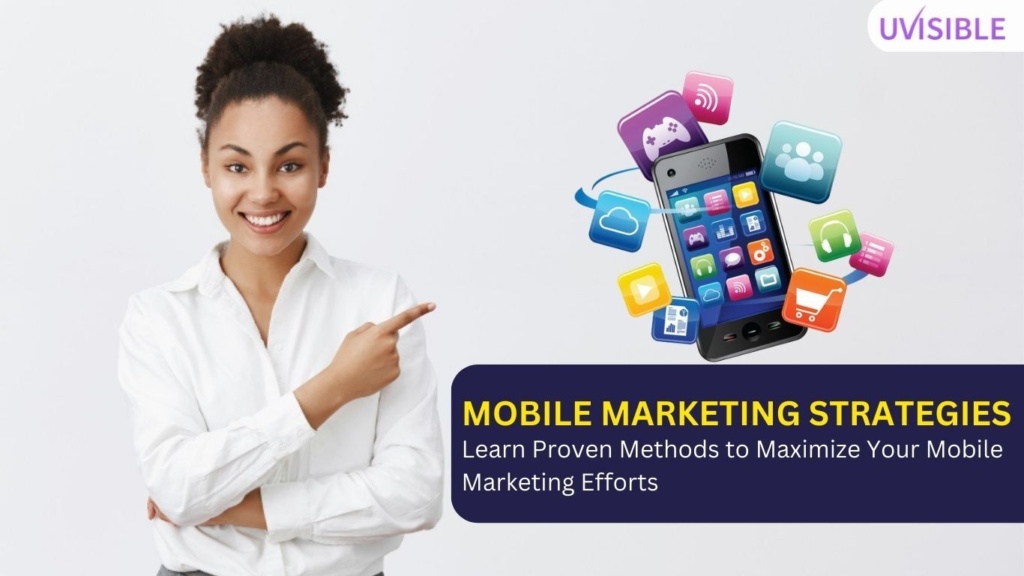
Developing a Cross-channel Approach
Before launching a mobile marketing campaign, you must first define your goals and develop a plan.
This guide helps you understand client lifecycles, create personas, create a marketing calendar and automation toolbox, and define mobile marketing goals and key performance indicators (KPIs) across all channels.
Responsive Design
One of the first stages of developing a mobile marketing strategy is ensuring that your website, emails, and landing pages are responsive.
In addition, being mobile-friendly is very important because customers want you to adapt to their mobile preferences.
For example, 48% of customers believe that if a company’s website is not mobile-friendly, it indicates that the company just does not care.
When you adopt the responsive design, you create an engaging user experience, improve conversion and search engine results, and save money and time.
This section will also lead you through best practices for creating fluid grids, pictures, and the proper media queries to guarantee your responsive email and landing page design is on point.
SMS Marketing
SMS (short message service) messaging is a direct means of sending material to users, but it must be used with caution.
Learn the finest strategies for getting your message to your customers quickly, as well as the cardinal guidelines for a good campaign, whether it’s promotions, videos, product alerts, or reminders.
SMS marketing provides tremendous benefits of mobile marketing and boasts a stunning 45-50% response rate, which means customers are more likely to open up and interact with your marketing communications over text.
Also, more than 86-90% of small company owners who use text messaging believe that it is more engaging than email communication.
Among the most efficient SMS marketing tactics are:
- Giving members unique offers or discounts
- Sending out reminders or warnings on time (e.g. for appointments, deliveries, etc.)
- Using personalization to develop a relationship with consumers.
- To promote conversions, provide explicit calls to action (CTAs).
Apps for Mobile Devices

Mobile apps, with the appropriate strategy and roadmap, may give you a chance to build deep connections with your consumers.
Globally, the number of unique mobile subscribers is increasing at a pace of 1.8% each year.
It’s essential to investigate the various app types—productivity, commerce, retained engagement, and mixed-use—and mobile app is the best way to support your acquisition, engagement, or conversion business goals.
Create Goals and Key Performance Indicators (KPIs)
Learn how to monitor and assess the performance of your mobile marketing activities so that you can give a consistent experience, whether through an app, a mobile site, or SMS messaging.
The following points must be paid attention to:
- A thorough awareness of your intended audience.
- Your mobile marketing campaign’s objectives.
- Key performance indicators (KPIs) are used to evaluate success.
- Each mobile marketing approach has its budget.
- A timetable for implementation and evaluation.
App Creation, Development, and Marketing
You may start working on the design once you’ve decided on the sort of app and price plan that would work best for your company—free, paid, or premium.
Discovering the components of app functionality, flow, development, cost, and time becomes quite handy.
This section will lead you through the process of creating a wireframe as well as your options for internal or external development.
Testing, Measuring and Optimising
When you focus on the success of your mobile marketing strategy, you set yourself up for continuous advancement and growth.
Learning about A/B testing, multivariate testing, and other sorts of mobile and app-specific tests, then following the testing approach to concentrate your optimization flow.
Also, concentrating on Mobile SEO is pivotal for your strategy. Some of the most efficient mobile SEO tactics are:
- Making sure that your website is mobile-friendly and loads promptly.
- Keyword research is being carried out to find mobile-specific search phrases.
- Creating mobile-friendly content and meta tags for your website.
- Creating mobile-specific backlinks to boost mobile search engine visibility.
Social Networking Sites

Social networking better known as ‘Social Media’, is an important mobile marketing strategy for connecting businesses with their clients.
Social media platforms such as Facebook, Instagram, and Twitter may be used to market products or services, increase brand recognition, and engage customers.
You might be surprised to learn that 81% of active Facebook consumers solely use their smartphones to browse social networks.
Compelling Mobile Videos
Another important mobile marketing tactic is mobile video.
According to a report, videos makeup 63% of mobile traffic and would climb by 31% each year between 2019 and 2025, mostly due to video traffic.
Video content may be used to market products or services on a variety of channels, including social media and mobile apps.
Mobile video may assist you in making an emotional connection with your target audience.
Location Based Marketing
Location-based marketing makes advantage of the GPS capability on smartphones to assist marketers to provide promotions and relevant information depending on the location of consumers.
Proximity, geotargeting and geolocation marketing are other terms for location-based marketing.
According to research, the worldwide location-based advertising industry, which was already valued at more than US $65 billion in 2019, is predicted to increase at a rate of more than 17% between 2022 and 2027.
Because it is more relevant to where mobile consumers are and what they are doing, this form of marketing generates greater engagement and a better reaction. When this marketing is combined with affordable local SEO services it provides marvellous results for the concerned company and acts as a cornerstone of any mobile marketing strategy.
For example, you might show a museum promotion to someone in the vicinity and urge them to visit the museum.
Such targeting drives thousands of people to visit the museum, demonstrating that this is a tried and true method of increasing foot traffic. It also aids in improving Google maps ranking factors so that the website has a better chance to feature in Google local 3 pack.
Top Mobile Marketing Tools

The mobile marketing strategies mentioned above can help you get started targeting mobile device users.
Now, it’s time to go through the mobile marketing tools you’ll need to implement these strategies effectively.
Geofencing Advertising
Geofencing advertising establishes a virtual barrier around a place, which is one of the key types of mobile advertising.
When you’ve set up your geofence, you may show mobile advertising to users who live in the region and satisfy your criteria.
This method combines Location tracking with audience data to help you increase the effectiveness of your mobile ad promotions. This is a precise and extremely scalable method of mobile advertising.
GroundTruth Ads Manager
GroundTruth Advertising Manager is a single platform that allows you to use mobile marketing to reach up to 120 million monthly visitors.
The system is third-party validated and allows you to target potential consumers based on where they go and what they buy.
Distance, direction, and click-to-call customization options are available, and you can use groundtruth’s cost-per-visit methodology to guarantee you only pay when someone visits your business.
GroundTruth Ads Manager’s in-depth location statistics make it simple to track success.
Brand Insights
Understanding what your visitors are doing is one of the finest strategies to generate foot traffic to your shop.
The brand insights tool from GroundTruth delivers location information as well as other insights like market share, foot traffic, brand affinity, and more.
This can assist you in focusing on the best mobile marketing efforts to attract your ideal audience.
Audience Targeting

Have you ever wondered how to use offline behaviour to enhance foot traffic?
This is possible with audience targeting.
This mobile marketing solution allows you to reach out to clients depending on criteria such as:
- Demographics
- Behaviour both online and offline
- Previous and current conduct
- Interests
- Location
As a consequence, you may target customers with mobile marketing at the optimal moment for them to buy.
For example, if a consumer visits your store, you may email them an offer based on their activity there. Instead, based on how they interacted with your website, you may send a message to someone who is out and about.
You may also combine audience targeting with location marketing and geo-fencing to make your mobile marketing strategy even more focused and relevant to your prospects.
Weather Targeting
Consumer behavior is influenced by the weather.
People’s decisions to remain home or go out might influence what they buy at times.
In any case, targeting may increase the effectiveness of your mobile marketing.
Groundtruth’s network of weather sensors is extremely precise, allowing you to tailor mobile ads based on current or anticipated weather conditions.
You may deliver advertising based on the UV index, wind speed, temperature, and weather warnings. Weather targeting may also be used with other geographical data to make your adverts more relevant and responsive.
Bottom Line!
We hope this comprehensive guide on mobile marketing must have resolved all your queries regarding its definition, importance, consideration, strategies, and tools.
Despite the fact that mobile marketing has been around for a while, research shows that customers are still responding to relevant targeted mobile promotions.
The mobile marketing methods and technologies outlined above will surely assist you in providing what customers anticipate, hence driving foot traffic to your shop.
We further hope this guide will help businesses generate growth and remain ahead of the competition.
If you are interested to have a customised Mobile Marketing Strategy for your business.
Try contacting Uvisible Mobile Marketing Agency as our trained and expert professionals will help you to formulate effective strategies for the growth of your business.
About us and this blog
We are a digital marketing company with a focus on helping our customers achieve great results across several key areas.
Request a free quote
We offer professional SEO services that help websites increase their organic search score drastically in order to compete for the highest rankings even when it comes to highly competitive keywords.

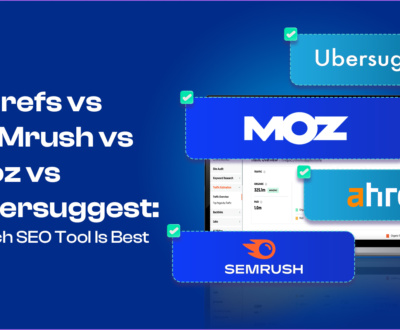

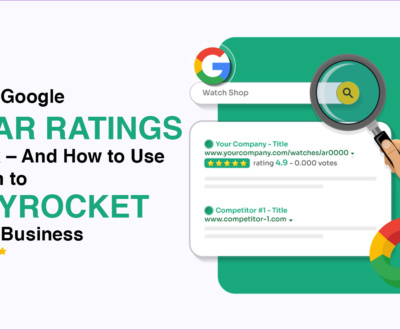

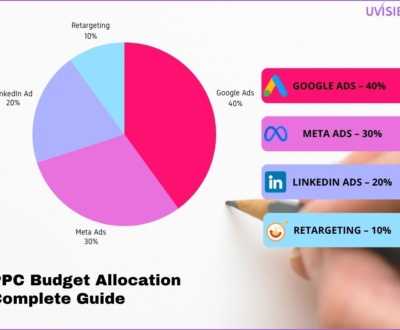


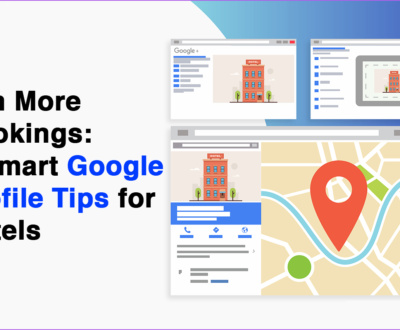
Pingback: Master Mobile Optimization: Best Practices to Boost Your Website's Performance - Uvisible
Pingback: SEO for eCommerce Product Pages Ultimate Guide - Uvisible